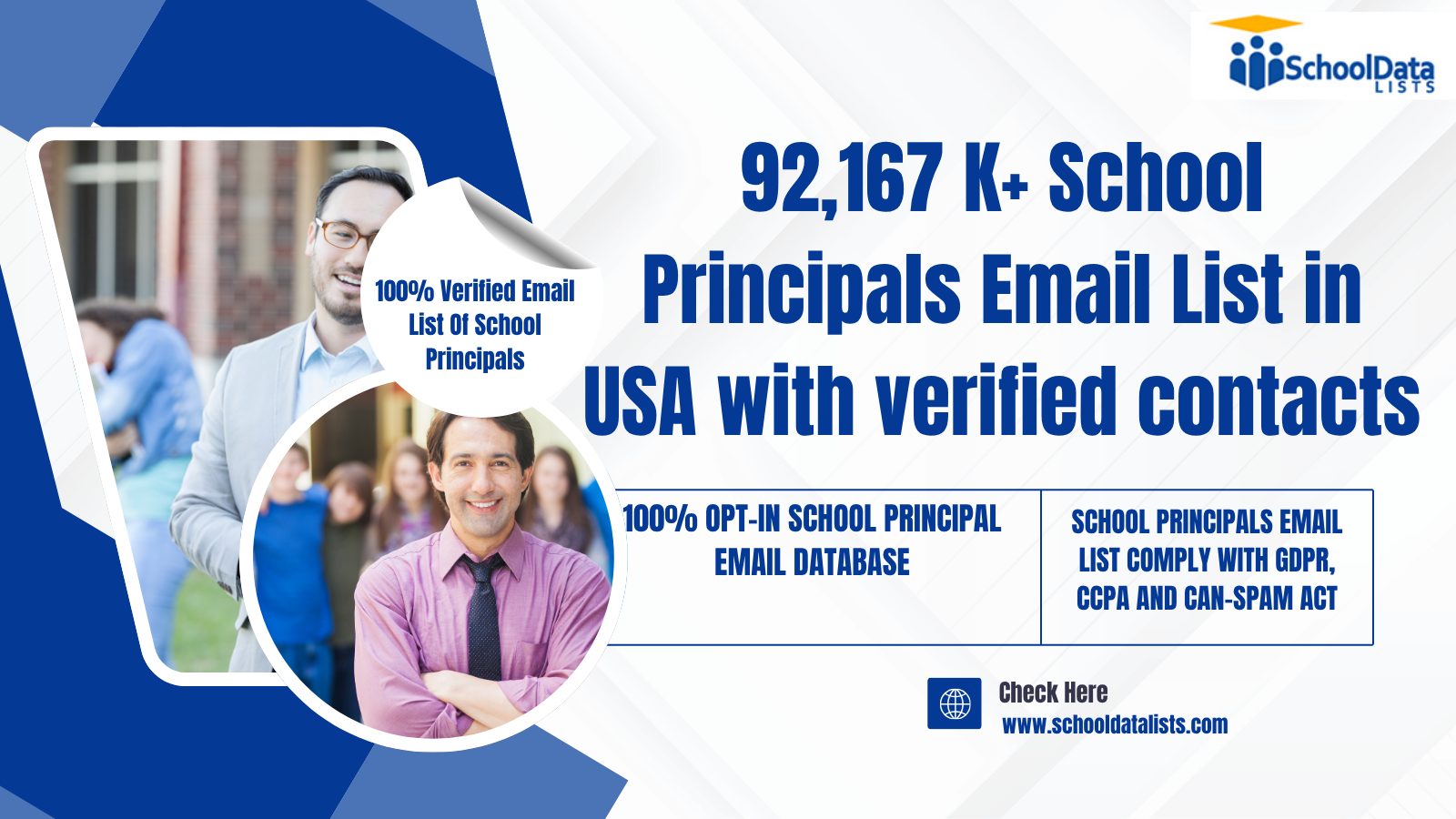Implementing micro-influencer campaigns tailored to niche audiences requires more than surface-level outreach. It demands a strategic, data-driven approach rooted in understanding specific community characteristics, utilizing precise identification tools, and executing with actionable precision. This article explores the intricate process of identifying the right niche micro-influencers and translating that into highly effective campaigns that resonate authentically within targeted communities.
Table of Contents
1. Defining Niche Audience Segments and Their Characteristics
The foundation of a successful niche micro-influencer campaign begins with a granular understanding of your target community. Unlike broad demographic segments, niche audiences are defined by highly specific interests, behaviors, and cultural identifiers. To accurately define these segments:
- Interest Clusters: Identify core passions such as sustainable fashion, vintage gaming, or vegan baking. Use social media listening tools to detect trending hashtags, keywords, and conversations.
- Behavioral Traits: Map out purchasing behaviors, content engagement patterns, and community participation levels. For example, do followers actively comment, share tutorials, or attend niche webinars?
- Cultural and Geographic Specifics: Recognize regional dialects, cultural references, or local events that resonate within the community.
A practical example involves a campaign targeting eco-conscious urban millennials interested in zero-waste lifestyles. Defining these parameters allows you to focus on influencers whose followers embody these shared values, increasing campaign relevance and authenticity.
2. Tools and Techniques for Micro-Influencer Identification
Identifying the right micro-influencers within your niche requires leveraging a combination of advanced tools and nuanced techniques that go beyond surface metrics. Here are proven methods:
A. Social Listening Platforms
Utilize tools like Brandwatch, Talkwalker, or Mention to monitor niche-specific conversations. Set filters for relevant hashtags, keywords, and community forums to discover influential voices organically engaging your target audience.
B. Hashtag and Keyword Analysis
Use Instagram or TikTok analytics to identify users frequently engaging with key hashtags. For instance, if your niche is #VeganRecipes, analyze top posts and users with high engagement rates, filtering out those with generic or spammy content.
C. Network and Community Mapping
Create network graphs using tools like NodeXL or Gephi to visualize influencer clusters and their follower overlaps. This helps identify micro-influencers embedded deeply within the community rather than those with superficial reach.
D. Engagement Quality Metrics
Prioritize influencers with high engagement rates (>3-5%) relative to their follower count. Use tools like HypeAuditor or Influence.co to assess authenticity, avoiding accounts with inflated follower counts or suspicious engagement.
**Practical Tip:** Always cross-verify potential influencers’ follower authenticity by checking recent comments and interaction patterns—look for genuine engagement rather than generic comments or sudden follower spikes.
3. Criteria for Selecting Authentic and Relevant Micro-Influencers
Once you have a pool of potential micro-influencers, refining your selection with specific criteria ensures campaign relevance and authenticity. Focus on:
- Alignment with Brand Values: The influencer’s content and tone should reflect your brand’s mission. Review their recent posts for consistency in messaging.
- Audience Overlap and Demographics: Use audience insights tools like Facebook Audience Insights or Instagram Insights to confirm their followers align with your target niche regarding age, location, and interests.
- Content Quality and Style: Evaluate the production quality, storytelling ability, and engagement style. Authentic micro-influencers often produce relatable, high-value content that fosters trust.
- Previous Collaboration History: If possible, review past brand collaborations for genuine enthusiasm and positive results.
- Engagement Authenticity: Look for comments that demonstrate thoughtful interaction, not generic praise or spam.
**Expert Tip:** Use a scoring matrix assigning weights to each criterion. For example, content relevance (40%), audience match (30%), engagement authenticity (20%), and brand alignment (10%). This quantifies your selection process and reduces bias.
4. Case Study: Successful Niche Micro-Influencer Selection Process
A notable example involves a startup aiming to promote eco-friendly skincare within urban millennial communities. Their process exemplifies a structured approach:
- Community Definition: Focused on urban millennials interested in sustainability, ethical sourcing, and natural ingredients.
- Tool Utilization: Employed social listening to identify active hashtags like #SustainableSkincare, #EcoBeauty, and #VeganSkincare. They used Influence.co to filter influencers with genuine engagement and high audience authenticity.
- Criteria Application: Selected influencers with at least 5,000 followers, engagement rates above 3%, and content aligning with eco-conscious values.
- Verification: Cross-checked follower demographics via Instagram Insights and analyzed comment patterns for authenticity.
- Outcome: Secured 15 micro-influencers with an average engagement rate of 4.2%. Their authentic storytelling led to a 25% increase in website traffic from niche segments within the first month.
This detailed, data-backed selection process underscores the importance of precision and authenticity, ensuring that influencer partnerships yield meaningful engagement and conversions.
Expert Tip: Incorporate audience surveys or direct outreach to followers of your shortlisted influencers to confirm alignment and gather insights before formal collaboration.
To deepen your understanding of broader strategies, explore this comprehensive guide on «{tier2_theme}», which provides additional context and advanced techniques.
Finally, integrating these precise influencer selection methods within your overarching marketing strategy amplifies brand relevance, builds community trust, and fosters long-term loyalty. For foundational knowledge, reviewing «{tier1_theme}» offers valuable insights into the strategic importance of micro-influencers in niche engagement.





Leave a Reply